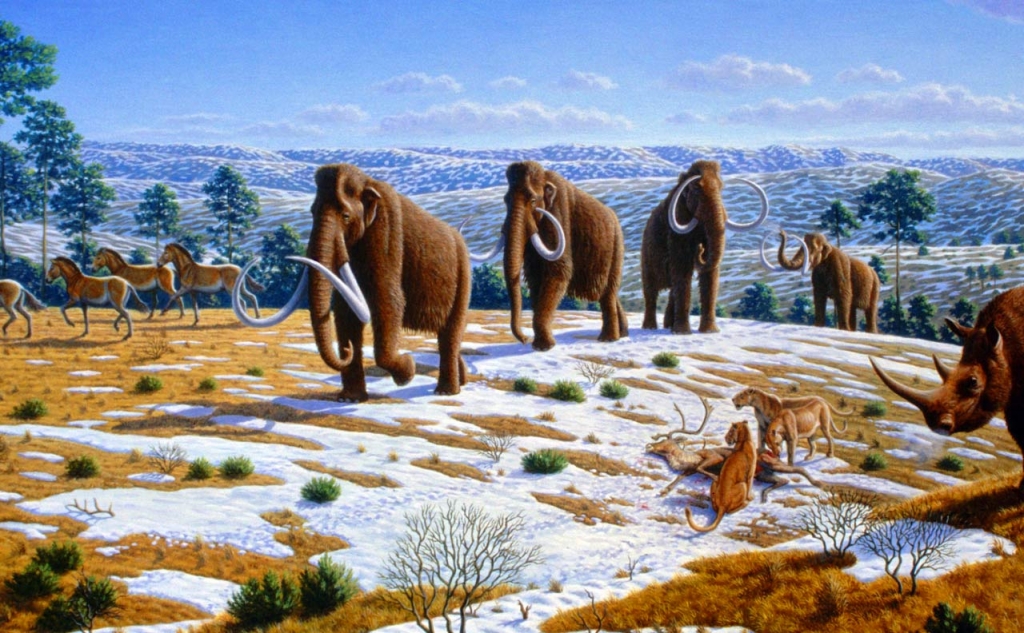-
Tips for becoming a good boxer - November 6, 2020
-
7 expert tips for making your hens night a memorable one - November 6, 2020
-
5 reasons to host your Christmas party on a cruise boat - November 6, 2020
-
What to do when you’re charged with a crime - November 6, 2020
-
Should you get one or multiple dogs? Here’s all you need to know - November 3, 2020
-
A Guide: How to Build Your Very Own Magic Mirror - February 14, 2019
-
Our Top Inspirational Baseball Stars - November 24, 2018
-
Five Tech Tools That Will Help You Turn Your Blog into a Business - November 24, 2018
-
How to Indulge on Vacation without Expanding Your Waist - November 9, 2018
-
5 Strategies for Businesses to Appeal to Today’s Increasingly Mobile-Crazed Customers - November 9, 2018
Mammoths Killed by Abrupt Climate Change
Researchers from the University of Adelaide and the University of New South Wales in Australia found that a rapid climate change event known as interstadials during the last ice age or the Pleistocene, about 60,000 to 12,000 years ago, was the period when major extinction events occurred.
Advertisement
New research suggests that climate change may be responsible for the mass extinction of mammoths, The Christian Science Monitor reported. Researchers say that this study confirms the idea that the severity of climate change is not as important as the speed and this can highly impact our climate which is influenced by global warming.
These events continued for 1000’s of years and temperatures spiked by 7.2 – 28 degrees Fahrenheit.
The research indicates that many animals today could go extinct.
It was thought for a very long time that the driving force behind the extinction of the mammoths was hunting, giant sloths & other huge mammals which roamed the earth thousands of years ago.
In the latest study, the researchers have assessed DNA from dozens of megafaunal species and also have gone through more than 50,000 years of DNA records for extinction events.
The end quote however is that for the megafauna populations around the globe rapid global warming and climate change does not bode well for their survival.
‘When you add the modern addition of human pressures and fragmenting of the environment to the rapid changes brought by global warming, it raises serious concerns about the future of our environment.’.
‘Even without the presence of humans we saw mass extinctions.
Researchers from the University of Adelaide and the University of NSW used advances in analysing ancient DNA plus radiocarbon dating and other geologic records to check temperature changes. The abrupt warming of temperatures only set the wheels in motions during the “glacial maximum”.
One animal, the North American short-faced bear, had already vanished before humans arrived in the New World about 13,000 years ago. The paper published in the journal Science is the first one which connected a certain climate event with the localized extinction of megafauna.
With this “new and improved” data, it became increasingly clear that rapid warming, and not sudden cold snaps, was a primary cause of extinctions during the last glacial maximum. With that said, humans still did play an important role in driving these animals to extinction.
Advertisement
Researchers have also stated that humans were certainly the “coup de grace”, or the last nail in the coffin to put it more bluntly, on a population of creatures and animals that were already under stress due to climate change.




























